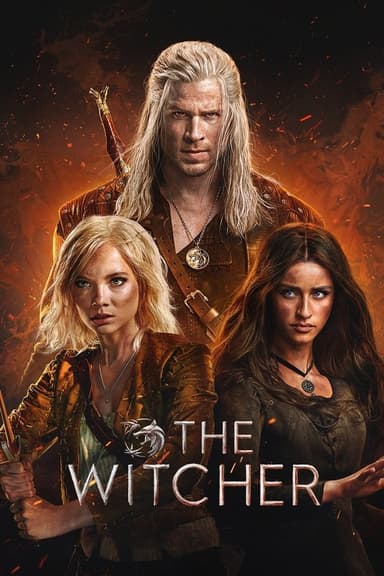
Teen Clash
2023 • Comedy, Drama
An aspiring musician who is bent on joining her school's music jam in hopes of redeeming herself from a past embarrassment meets a charming songwriter who will help her overcome the struggles in her journey.
Why you should read the novel
Exploring Ilyn Anne Danganan’s Teen Clash in its original written form offers an intimate look into the characters’ thoughts and emotional journeys that only the pages of a novel can capture. The book provides richer backstories and mediations on self-identity and young adulthood, enabling readers to connect deeply with the protagonists’ hopes, fears, and personal growth. If you seek a fuller understanding of the characters’ motivations and the evolution of their relationships, the novel invites you to journey alongside them in a way only literature can achieve.
Unlike the TV adaptation, the novel crafts lingering, authentic moments between the leads that aren’t driven by visual or musical cues but rather by genuine, nuanced dialogue. Danganan’s storytelling allows readers to savor the budding romance, experience the inner worlds of the characters, and witness the slow unraveling of secrets and vulnerabilities. Reading the text enriches your experience, making every triumph and heartbreak uniquely personal.
For lovers of contemporary YA fiction, the original Teen Clash book welcomes you to a vividly detailed universe brimming with music, rivalry, and youthful recklessness—deeper and more textured than its on-screen counterpart. From raw emotion to unfiltered thoughts, the novel offers a rewarding immersion that surpasses what any series can display.
Adaptation differences
A prominent difference between the adaptation and the book is the treatment of character development and backstories. In the original novel, Ilyn Anne Danganan delves deeply into the motivations, backgrounds, and inner thoughts of the characters, fleshing out their personalities and relationships through introspective narration. The TV series, however, often condenses or alters these aspects to fit episodic pacing and time constraints, sometimes changing motivations or omitting significant backstory details entirely.
The presentation of key relationships also diverges significantly between mediums. The novel takes its time building up slow-burning romantic and platonic connections, focusing on gradual trust and vulnerability, while the series tends to accelerate these relationships for dramatic effect. Scene order and the sequencing of confessions, heartbreaks, and reconciliations may differ, leading to alternative emotional beats and even shifting character dynamics.
Plotwise, the adaptation introduces new subplots and supporting characters unique to the screen, altering the original storyline’s flow and occasionally changing character arcs to heighten visual or emotional impact. Some conflicts are resolved differently, or new ones are created, to add suspense and keep viewers engaged across episodes. These changes can sometimes dilute intricacies found in the written narrative.
Lastly, while the book’s tone and themes remain centered on self-discovery and authentic expression through music, the TV series occasionally emphasizes spectacle, humor, or melodrama to cater to a broader audience. This can create a tonal shift, with certain emotional nuances or subtle messages in the book being overshadowed by dramatic set pieces or comedic relief in the adaptation.
Teen Clash inspired from
Teen Clash
by Ilyn Anne Danganan










